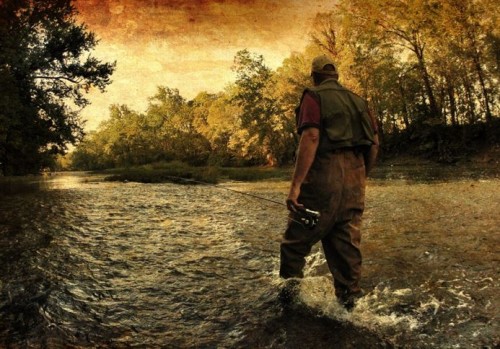How To Improvise A Fishing Rod
Every serious fisherman knows the importance of owning the right fishing rod. Whether you’re fishing for sport or you’re simply trying to feed yourself, there’s no better way than doing it the old fashioned way. But in a SHTF situation (whether you’re lost in the wilderness or you’ve found yourself trapped in an end-of-days scenario) you might not have you trusted fishing rod on you.

